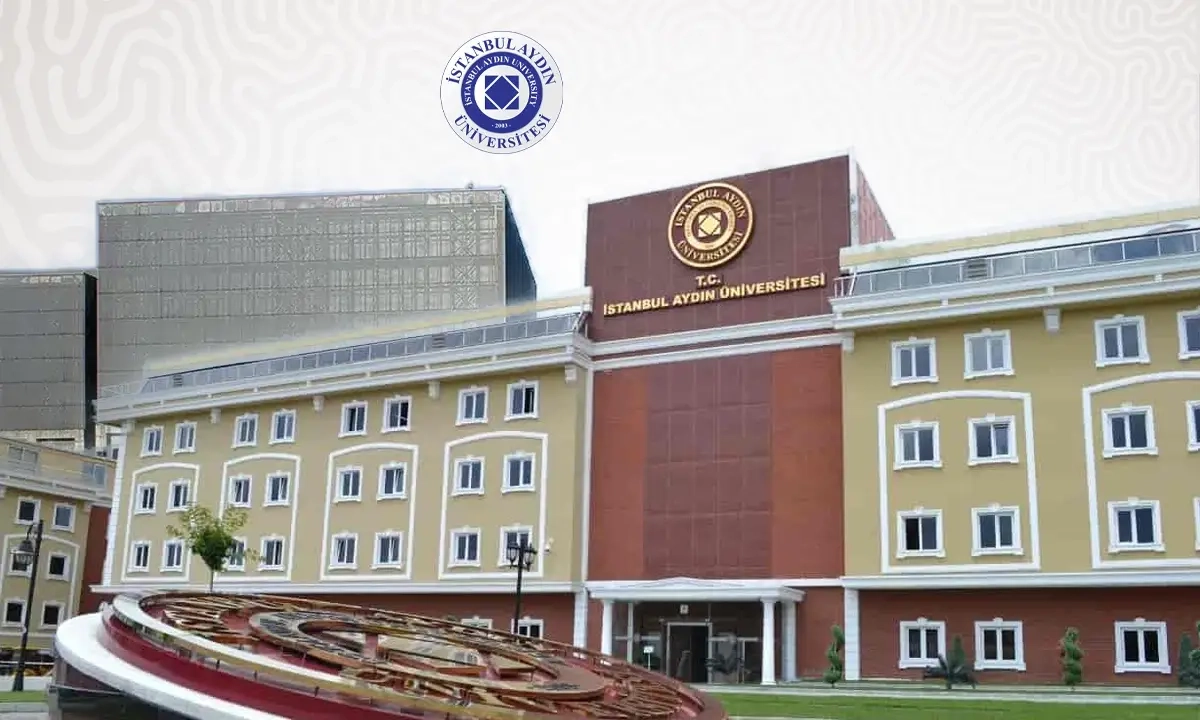College: College of Graduate Studies in Health Sciences
This specialization focuses on diagnosing and treating dental and facial deformities and their prevention. Students acquire skills in orthodontic techniques, biomechanics, and patient care. Graduates are prepared to work in orthodontic clinics and academic institutions.
Learning Objectives:
- Understand the fundamentals of orthodontics and maxillofacial orthopedics.
- Develop skills in diagnosing and treating malocclusion and other dental deformities.
- Learn techniques for applying orthodontic appliances and biomechanics.
- Explore the principles of facial and jaw growth, development, and heredity.
- Analyze and interpret orthodontic data and research outcomes.
- Develop critical thinking, problem-solving, and clinical decision-making skills for effective orthodontic practice.
Main Curriculum:
-
Introduction to Orthodontics
An overview of basic concepts, principles, and practices in orthodontics and maxillofacial orthopedics.
Fundamentals of normal and abnormal dental development and occlusion.
-
Orthodontic Diagnosis and Treatment Planning
Principles of orthodontic diagnosis, including clinical examination, radiographic analysis, and model analysis.
Techniques for developing comprehensive orthodontic treatment plans.
-
Orthodontic Biomechanics
The fundamentals of orthodontic biomechanics, including force systems, anchorage, and tooth movement.
Techniques for applying biomechanical principles in orthodontic treatment.
-
Orthodontic Appliances
Principles of orthodontic appliances, including fixed, removable, and functional appliances.
Techniques for designing, fabricating, and utilizing orthodontic appliances in treatment.
-
Facial and Cranial Growth and Development
Principles of facial and cranial growth and development, and hereditary aspects.
Techniques for assessing and managing orthodontic issues related to growth.
-
Multidisciplinary Orthodontic Care
Principles of multidisciplinary orthodontic care, including collaboration with other dental and medical specialists.
Techniques for managing complex orthodontic cases that require multidisciplinary approaches.
-
Orthodontic Research
Principles of orthodontic research, data analysis, and evidence-based practice.
Techniques for conducting and evaluating research in orthodontics.
-
Clinical Orthodontics
Real-world experiences in orthodontic practice, including patient care, case presentations, and clinical rotations.
Applying acquired skills in practical orthodontic scenarios.
-
Orthodontic Graduation Project
A comprehensive project applying skills in orthodontic diagnosis, treatment planning, or biomechanics.
Presenting a polished orthodontic case presentation, research project, or clinical study.
Assessment Methods:
- Orthodontic diagnosis and treatment plans, biomechanics analyses, appliance design projects, growth and development assessments, multidisciplinary care plans, research methodology projects, clinical case presentations, graduation projects, and clinical evaluations.
Recommended Textbooks:
- "Orthodontics: Current Principles and Techniques" by Henry W. Fields Jr. et al.
- "Contemporary Orthodontics" by William R. Proffit et al.
- "BioMaterials in Orthodontics" by Theodore Eliades et al.
- "Growth and Development of the Face and Jaws" by Donald H. Enlow.
- "Multidisciplinary Treatment Planning" by various authors.
- "Research Methods in Orthodontics" by various authors.
Prerequisites:
Completion of Doctor of Dental Surgery (DDS) or Doctor of Medicine in Dentistry (DMD). Suitable for dental graduates interested in specializing in orthodontics.
Duration of Specialization:
Typically two to three years to obtain a master's degree in orthodontics or a certificate in orthodontics, including coursework, clinical training, and research projects.
Certification:
Graduates may obtain a master's degree in orthodontics or a certificate in orthodontics and pursue board certification from the American Board of Orthodontics (ABO) or other relevant accrediting bodies.
Target Audience:
Aspiring orthodontists, dental specialists, and individuals seeking employment in orthodontic practices, dental clinics, and academic institutions. This specialization equips students with the diagnostic, clinical, and research skills necessary to excel in orthodontics and support careers in orthodontic practices, dental clinics, and academic institutions.





